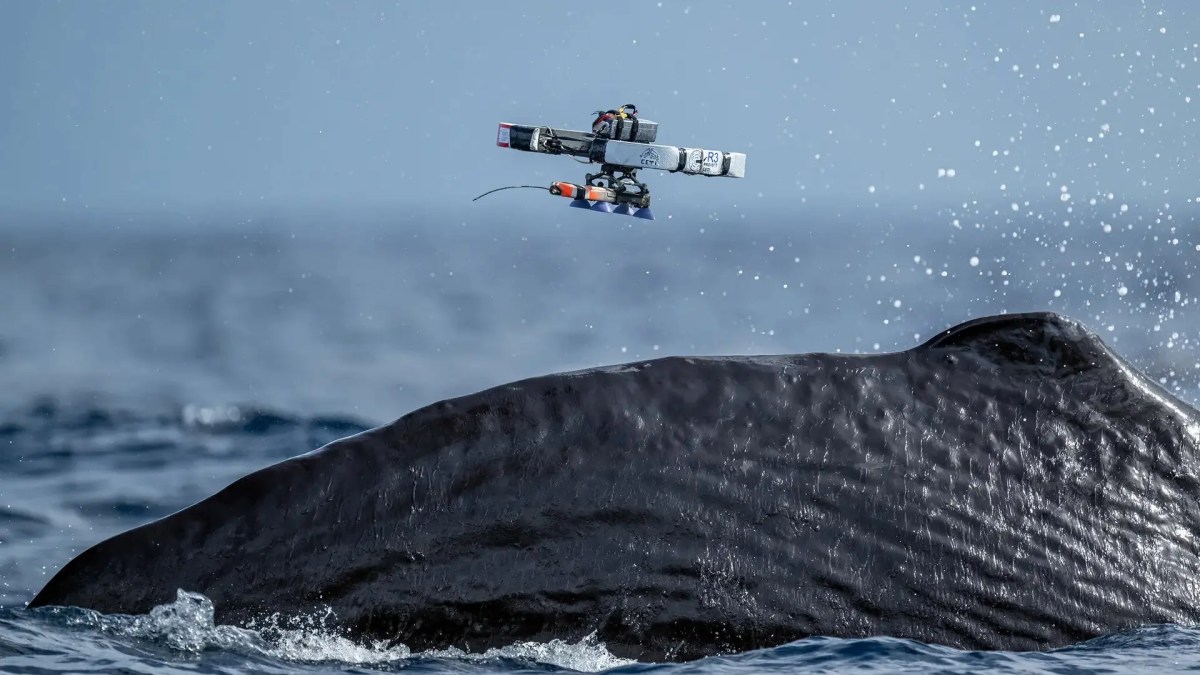In June, 1,200 scholars and activists from around the world gathered in Norway for a historic convergence of two movements: degrowth and ecological economics. During the closing plenary session, I listened to three speakers, two of whom—Kate Raworth and Max Ajl—represented radically different approaches to our current crises. Though Raworth and Ajl engaged in respectful dialogue, the tension in the room became almost palpable when Raworth’s polished slides on doughnut economics gave way to Ajl’s anti-imperialist critique: Can an apolitical reform tool truly coexist with the Global South’s demand for systemic revolution?

The image shows three countries’ positions within the doughnut framework. As clearly visible, Norway faces a significant problem with exceeding planetary boundaries.
The Blindness to Power
Raworth’s doughnut model is undeniably seductive—a colorful infographic balancing “social needs” against “ecological boundaries.” Cities like Amsterdam have adopted it to measure how badly they’re failing to meet the doughnut’s requirements, and several Nordic municipalities are now considering using the model.
The image shows three countries’ positions within the doughnut framework. As clearly visible, Norway faces a significant problem with exceeding planetary boundaries.
The model’s fundamental weakness is its faith in data as an engine of change. It’s built on an information-deficit model that assumes lack of scientific knowledge is the main barrier to societal transformation. This makes it blind to power. It presupposes that when wealthy nations are confronted with a graph showing “planetary overshoot,” they’ll voluntarily dismantle the very systems that grant them wealth and privilege. But history teaches us one thing: No ruling class willingly surrenders its advantages without a fight.
Consider what lies beneath Norway’s “green” facade:
- The renewable energy transition depends on lithium from Bolivia and cobalt from Congo, where Western-backed militias enable exploitation.
- Norwegian wind farms threaten Sámi territories, repeating colonial patterns with a sustainable veneer.
- Norway’s peace rhetoric accompanies pension funds investing billions in Israeli surveillance technology.
This isn’t just ecological “overshoot”—it’s imperialism in greenwashed disguise. No doughnut chart can measure the systemic violence required to maintain Norwegian comfort. For Oslo—a city financed by oil exports and NATO’s war machine—adopting the doughnut is like an arsonist installing smoke detectors while stockpiling gasoline.
The Two Faces of Struggle
Ajl’s critique revealed a divide often ignored in Northern environmental debates. He showed that the fight for a just future must be waged on two distinct but intertwined fronts:
The Global North’s Task: Decommodification of essential services, support for anti-imperialism, demilitarization, and payment of climate debt.
The Global South’s Task: Sovereign industrialization, ecological planning, and resistance to imperialism.
This asymmetry is no accident. A “degrowth” future for Norway, as a Northern example, must involve dismantling the war industry and a genuine reckoning with investments in extractive economies of the Global South. Moreover, reduced extractivism for Norway would require transforming her entire way of life. For instance, 43% of Norwegian households consist of a single person—the highest rate in the world—highlighting how deeply individualism is embedded in the society and how much housing needs to be decommodified, with greater emphasis on sharing and community. This represents a profound economic and cultural upheaval. Will it happen voluntarily? I strongly doubt it. As one audience member remarked during the plenary, this transition will most likely be forced upon the Global North through anti-imperialist struggles in the South. Our task in the North is to support these struggles.
Beyond Dashboards
We’ve already had our ESG workshops, SDG dashboards, and sustainability reports. We’ve made colorful posters and measured everything measurable. We’ve consulted, designed, and modeled. But has Norway stopped investing in war, or withdrawn from fossil capital’s violent infrastructure? No. What about the live-streamed genocide in Gaza—wasn’t that the most obvious dashboard revealing the imperialist system we’re part of? Has this changed Norway’s systematic complicity? No.
What we need now isn’t better indicators or prettier dashboards—we need clearer alliances between academics rejecting NATO-funded climate security research and focusing instead on Norwegian extraction in Sápmi, South America, and Africa; and labor unions demanding divestment from companies violating human rights and destroying nature in Gaza and beyond.
The doughnut’s appeal lies in its promise of a painless transition. But we must remind ourselves—and each other—of one thing: Justice isn’t achieved by appealing to the oppressor’s spreadsheets.
Mohsen Anvaari has a PhD in IT from NTNU and is an IT consultant, photographer and activist based in Oslo. He explores the politics of digitalization, degrowth, and environmental justice.
Publisher: Source link











